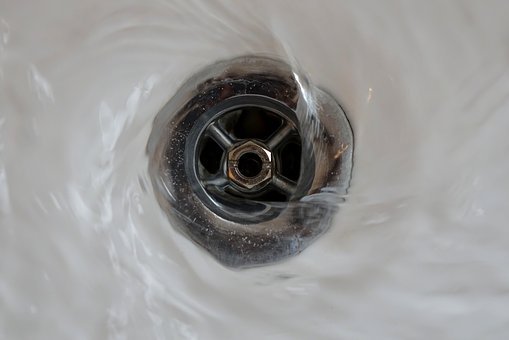Effective drainage systems are vital for managing surface water runoff and preventing flooding in urban areas. Gully cleaning and regular drain cleaning differ primarily in terms of their location, what debris they tend to accumulate, and the equipment that is generally used when managing them.
Location
Gully cleaning is a targeted maintenance activity focused on cleaning gully drains, which are typically placed along roadsides, car parks, and urban areas. These drains specifically collect surface water runoff, channelling it away from built-up areas to prevent flooding and waterlogging. Regular drain cleaning, on the other hand, encompasses a broader scope, involving the cleaning of various types of drains, including storm drains, sewer drains, and household drains found within buildings. Unlike gully drains, these drains handle different types of wastewater and may be located both above and below ground level.Regular drain cleaning, on the other hand, encompasses a broader scope, involving the cleaning of various types of drains, including storm drains, sewer drains, and household drains found within buildings. Unlike gully drains, these drains handle different types of wastewater and may be located both above and below ground level.
Equipment
Specialised equipment is used in both gully cleaning and regular drain cleaning. Gully cleaning requires equipment to access those drain types specifically. This often involves the use of suction vehicles equipped with high-pressure hoses and vacuum systems to remove debris and sediment from the drains. Debris found in gully drains, such as leaves, twigs, and litter, requires equipment capable of handling solid waste efficiently.
The cleaning of regular drains requires a wider range of equipment and techniques, depending on the type and size of the drain being cleaned. Water drainage companies such as Grey-Water Drainage Solutions will use drain snakes, augers, jetting machines, and inspection cameras to remove obstructions such as grease, hair, soap scum, and other materials from wastewater drainage systems.

Handling Debris
Primarily, gully drains handle surface water runoff, which tends to contain a higher proportion of organic debris compared to drains carrying wastewater. As a result of this, gully cleaning often involves the frequent removal of solid debris to prevent blockages and maintain proper drainage. This emphasis on solid waste removal distinguishes gully cleaning from regular drain cleaning, which may focus more on clearing accumulated grease, hair, and other substances that impede the flow of wastewater and can come from a multitude of varying places.
Cleaning Frequency
The frequency of gully cleaning and regular drain cleaning may vary based on factors such as environmental conditions, how much the drains are in use, and maintenance schedules. Gully drains, particularly those in areas prone to heavy accumulation debris or experiencing frequent rainfall, may require more regular cleaning to ensure they perform at their best. Regular drain cleaning schedules are often determined by factors such as the volume of wastewater flow, the presence of potential blockages, and routine maintenance inspections.
Gully cleaning targets surface water runoff and requires specialised equipment for handling solid debris, while regular drain cleaning encompasses a broader range of drains and focuses on removing obstructions from wastewater drainage systems. By understanding these differences, municipalities and companies offering complete drainage services can implement targeted maintenance strategies to ensure the longevity and efficiency of their drainage infrastructure.

